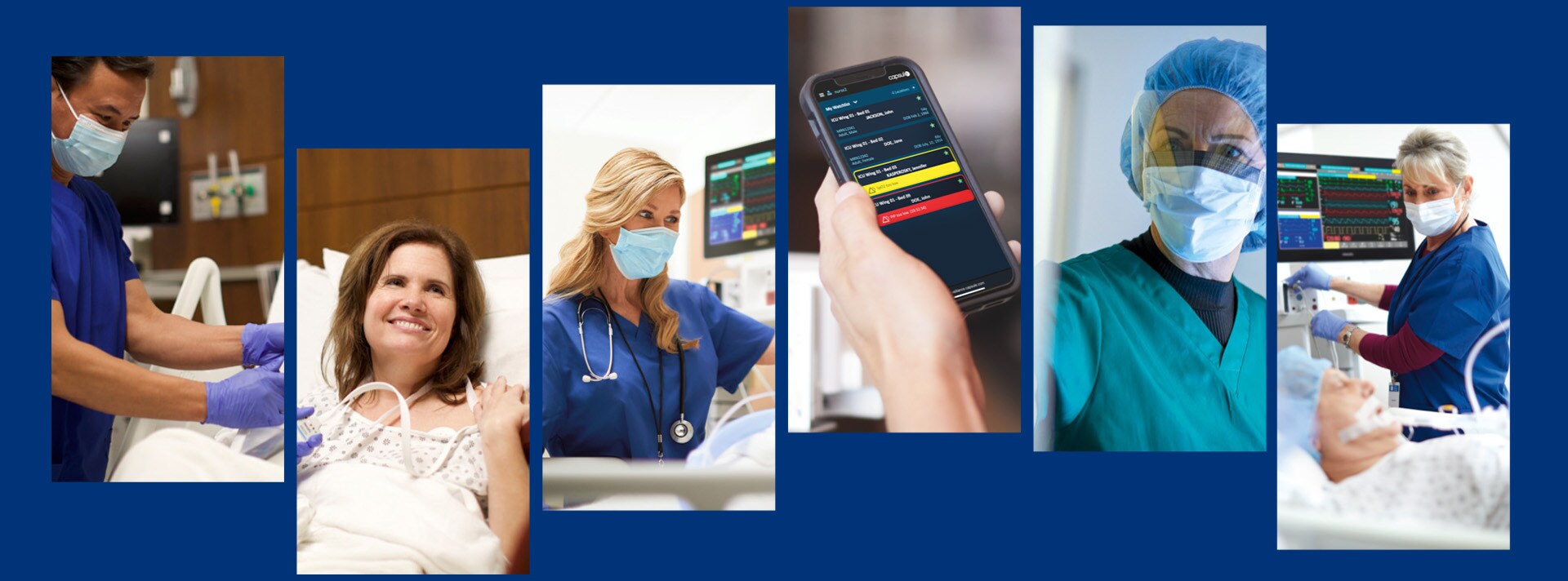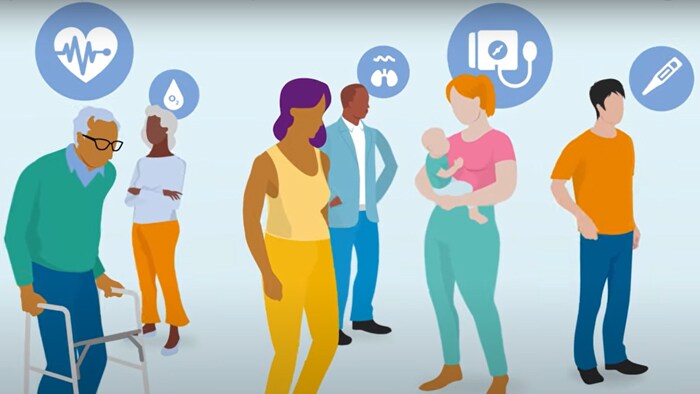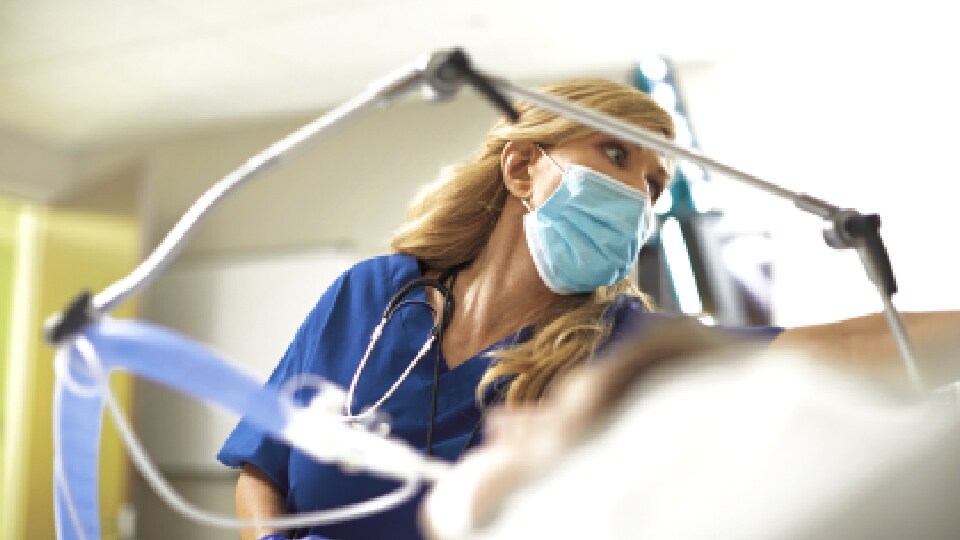Acute patient management: help identify at-risk patients early, react confidently to changing patient conditions and more precisely fine-tune treatment for every patient.
Flexible enterprise capabilities for caregiver mobility, data sharing and alarm management can help care teams can efficiently make shared decisions and deliver high-quality care, to help reduce patient decline.
Acute patient management from Philips provides continuous clinical surveillance, advanced interoperability and predictive insights across care settings. With access to critical data at all points of care, caregivers can easily stratify high-risk patients, make decisions together and fine-tune care with precision for every patient.
Our integrated system of advanced physiologic monitoring, central station, mobile applications and clinical decision-support tools work together to provide the actionable insights your care teams need in the moment so they can:
Our standardized, interoperable acute patient management includes:
Our solutions can help clinicians detect, interpret and intervene to enable:
Trends and issues that may benefit from acute patient management:
Demonstrated results in acute patient management
Connecting diverse care settings
To help clinicians keep pace with complex, ever-changing patient conditions, we offer beat-to-beat, breath-to-breath patient monitoring and decision support. Having patient insights in hand whenever they’re needed can give clinicians confidence to act before a patient deteriorates, and Philips Capsule’s vendor-neutral Medical Device Information Platform (MDIP) can capture streaming clinical data from connected patient devices, contextualise it and share it to all points of care.5
Clinical challenges are exacerbated by the staffing crisis and by changing care environments
Critical moments in acute care can be complicated by irrelevant data, siloed systems and administrative tasks that disrupt clinicians – and their unique rhythm of care. As healthcare delivery models change amidst rising care demands, there’s renewed pressure on clinical teams to care for patients in different environments with confidence and at every critical moment. Here’s how this plays out.
References










